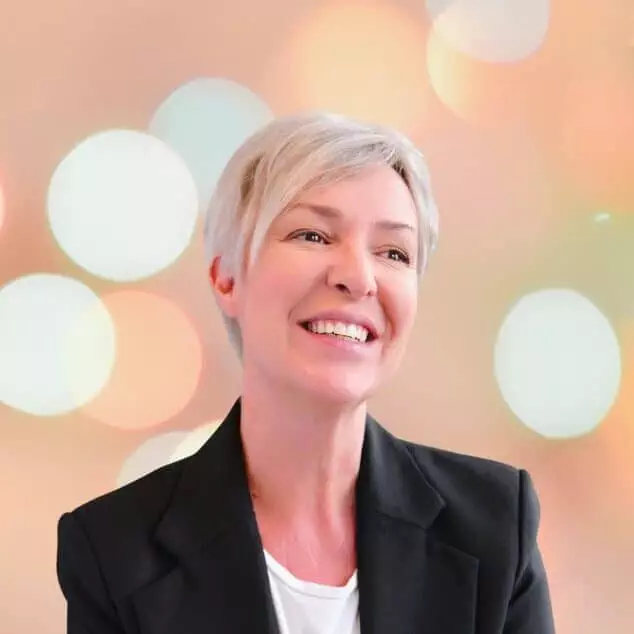Do you hesitate to work with an editor because you’re afraid of losing control over your story—or worried that your voice will start sounding like everyone else? Or you sent your manuscript off—only to feel like it came back stamped like it had been through a one-size-fits-all checklist?
You are not alone.
You don’t need to sacrifice your soul. You’ll find out how the right editor doesn’t take over your work but meets you where you are, bringing just the right tools (and the right hat) to help your voice shine. If you crave editing support that truly understands your voice, keep reading to see how a customized approach—picking just the right “hat” for your work—preserves your style, sharpens your prose, and makes the process feel less like a correction and more like a conversation.
What you get in this article:
- Four editorial “hats” I pull from to meet your specific needs.
- A behind-the-scenes look at how I work.
- A simple framework to help you invite the right kind of editing for your story.
A Morning Ritual—and a Hat Rack Metaphor
Here at my desk, every edit begins with listening, like each morning on my porch with a cup of coffee. I don’t come armed with an agenda, or rigid plans. There is no single editing approach that suits everyone’s writing equally. I bring a hat rack full of options, each standing by to see which will suit your manuscript’s story and soul.
When we collaborate, we’ll select what fits your project, not a one-size-fits-all formula. Wearing different “editor hats” isn’t about pretending. It’s about respect. Respect for your craft, your intention, and the unique pulse at the heart of your story.
The Four Hats
#1: The Listener’s Hat
- Why it matters: Every writer carries a distinctive rhythm, tone, and intention. This hat is where I honor your vision before suggesting any changes.
- What it feels like: A quiet invitation to share. No red pens, no immediate marks making you feel like you’ve done something wrong—just understanding.
“In our first exchange, I read your words as if I were eavesdropping on a heartfelt conversation. That way, my edits always begin from a place of empathy.”
#2: The Knitted/Beanie Hat
When a phrase stumbles or feels breathless, I gently knit it together and help it move with more grace—so every word can find its perfect place. Here is where I listen to the cadence of your sentences, hearing each phrase as music.
- Where I focus: Sentence structure, word choice, pacing, and rhythm.
- The goal: Help your prose flow gracefully, so readers don’t stumble over awkward syntax or lose the beat of your narrative.
Consider this before-and-after moment:
Before: “She packed her bag quickly and rushed out the door not wanting to be late for the meeting.”
After: “She packed her bag, then rushed out the door—determined not to be late for the meeting.”
These small line-editing shifts gave each action room to breathe, and the sentence finds its natural pulse.
#3: The Gardener’s Hat
Sometimes prose grows wild—beautiful ideas intertwined with words that have overstayed their welcome. For that, we need some gentle pruning.
- What I trim: Excess adverbs, repeated phrases, tangents that distract from your core message.
- The result: A clearer path through your text, where your strongest ideas blossom without competition.
I once helped an author who adored long, winding reflections. Readers loved her warmth, but found it hard to follow her story arc. Under my Gardener’s Hat, I carefully trimmed—removing only what diluted her narrative—so her emotional landmarks gleamed like wildflowers in a well-tended garden.
#4: The Mirror’s Hat (This may not be an actual hat, but go with me on this)
Every writer has shining moments—passages that glow with authenticity. The greatest possible gift to a writer is a reflection of their own brilliance. I highlight what’s working beautifully—those passages where your voice shines—so you can see your strengths and grow more confident in your craft.
- Why it matters: Writers often focus on flaws and overlook their own brilliance.
- How it works: I annotate your manuscript with positive feedback—“Here, your imagery sings,” or “This dialogue crackles with life.”
Seeing your strengths builds your confidence and reminds you of what you do best.
Real-life example:
I once worked with a writer whose sentences danced with lyrical beauty—but sometimes tangled themselves into knots. My “hat” in that case was part gentle clarifier, part rhythm-keeper—making sure every tweak still sounded like her and not like some edited-to-death version of herself.
In contrast, another writer I supported was a powerhouse storyteller but struggled with pacing and scene flow. For him, I slipped into a more structural editor’s role—but only after we talked through his goals and agreed on the kind of feedback that would serve him best.
No two writers are the same. And neither should the editing be.
Why Does This Matter for You?
You deserve editing that feels like a partnership, not a prescription. No generic checklist, or a “That’s the rule, and that’s how it should be.” Instead, you’ll find:
- Empathy first: I never edit without first understanding your voice.
- Tailored craft: We choose the right hat together, focusing only on what your piece needs.
- Creative respect: Your vision and style remain at the heart of every suggestion.
- Gentle polish: Final proofreading, ensuring your manuscript looks and reads its best.
How to Find an Editor Who Honors Your Voice
Here’s what to look for if you want a true editing partnership, not a takeover:
- They listen first, edit second.
A good editor will ask about your goals, your tone, and what parts of your writing you’re most protective of—before they touch a word. - They explain, not just correct.
Instead of silent changes, you’ll get thoughtful notes about why a suggestion is being made, so you stay in the driver’s seat. - They leave room for you.
Your voice should feel stronger after editing, not neutered. The best edits make you sound even more like yourself, not less. - They customize their help.
Whether you need a light polish, a deep overhaul, or just a second pair of careful eyes, a skilled editor adapts to what you need—not what they want to showcase.
A Conversation, Not a Command
If you’ve been hesitant to invite an editor into your process—fearing your words might get lost—consider this your personal invitation: let’s sit together, coffee (or tea) in hand, and choose the hat that fits your story. No judgments. No one-size-fits-all rules. Just thoughtful care, expert insight, and a partnership that honors your voice.
Final Thought: A Good Editor is a Mirror, Not a Mold
At its best, editing isn’t about forcing your story to fit someone else’s standards. It’s about clearing the fog so readers can see your voice, your vision, and your heart more clearly.
That’s the kind of partnership every writer deserves. One built on collaboration, respect, and a shared love of the magic that happens when words finally sing.
“Keep writing, keep growing—your story is worth the care it takes.”
—Susan


